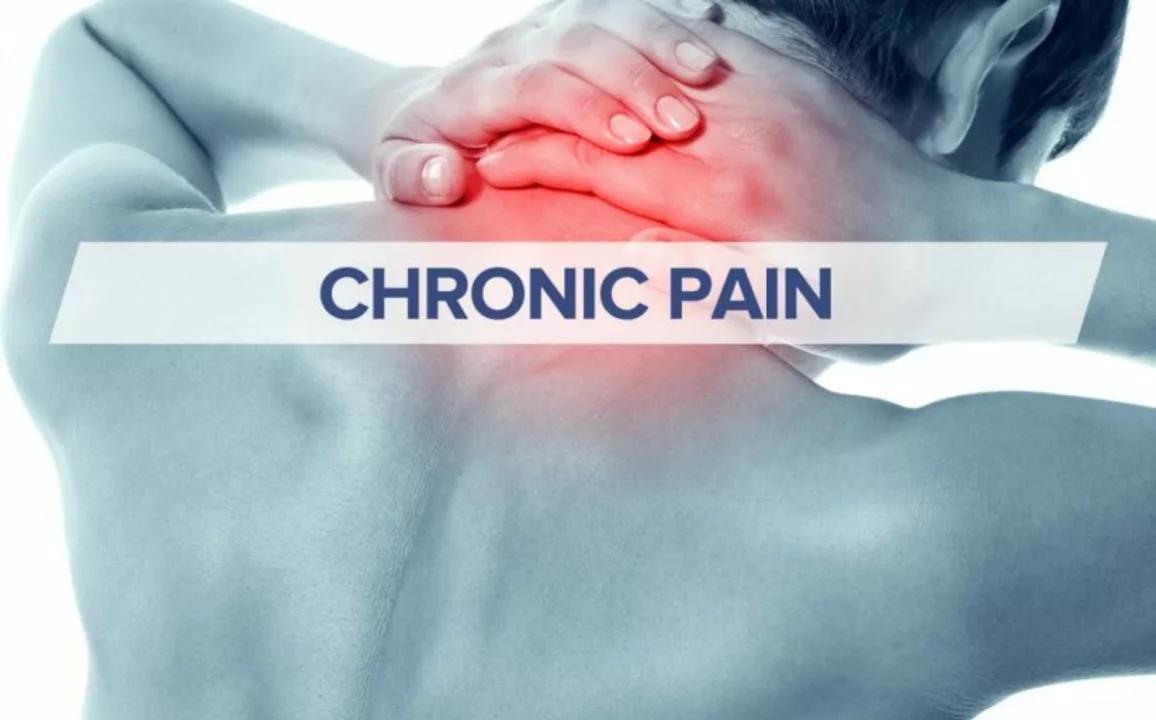Atomoxetine: A Simple Guide to Understanding This ADHD Medication
If you or someone you know is dealing with ADHD, you might have heard about atomoxetine. It’s a non-stimulant medication doctors often prescribe to help manage attention deficit hyperactivity disorder symptoms. Unlike stimulants, atomoxetine works differently in the brain, targeting norepinephrine to improve focus and reduce impulsivity. If you’re curious about how it works or thinking about it as a treatment option, this guide breaks down the essentials.
How Does Atomoxetine Work?
Atomoxetine works by increasing norepinephrine levels in the brain. This helps improve attention and control over impulses without the stimulant effects you see with other ADHD meds like amphetamines. People who need a medication that doesn’t carry a risk of abuse or aren’t able to take stimulants might find atomoxetine to be a better fit. However, it often takes several weeks to really notice the benefits, so patience is key.
For many, atomoxetine helps focus better at school or work, and reduces restlessness. But since it changes brain chemistry, it’s important to follow the doctor’s prescription carefully and give feedback about progress and side effects.
What Should You Expect When Taking Atomoxetine?
Common side effects can include stomach upset, dry mouth, or mild sleep issues, especially when starting treatment. Most people find these ease up with time. More rarely, some may experience mood swings or changes in behavior. That’s why regular check-ins with a healthcare provider matter—they’re there to adjust your dose or tackle any issues.
One nice thing about atomoxetine is it usually doesn't interfere with your appetite as much as stimulant medications might, making it a good option for kids and adults concerned about weight changes. Also, unlike stimulants, it isn’t considered a controlled substance, which can make access and use easier for many.
Before starting atomoxetine, be honest with your doctor about any other health problems or medicines you take. Atomoxetine can interact with some drugs, so ensuring safety is part of the plan. Lastly, don't hesitate to ask questions or share how you feel during treatment—good communication helps you get the most out of your medication.

